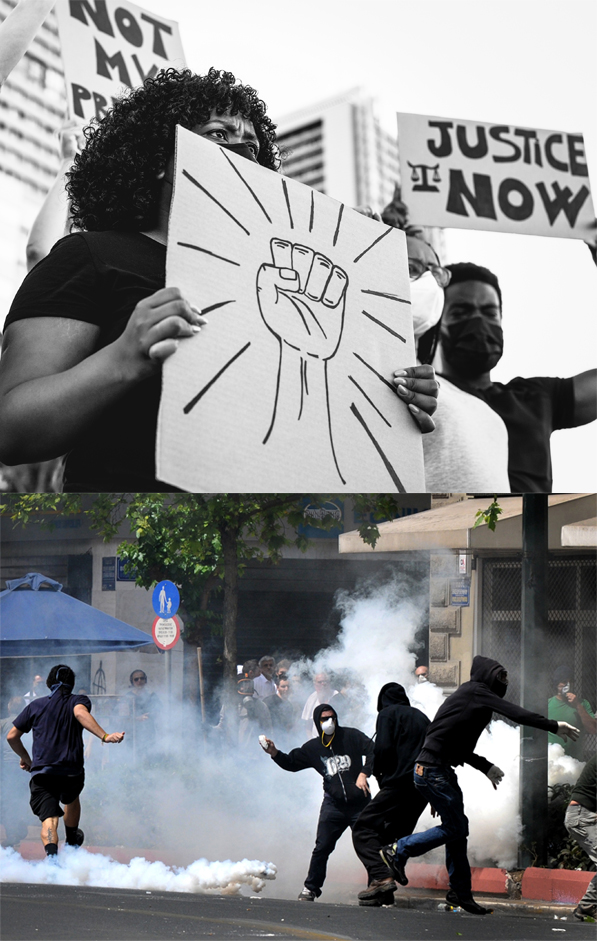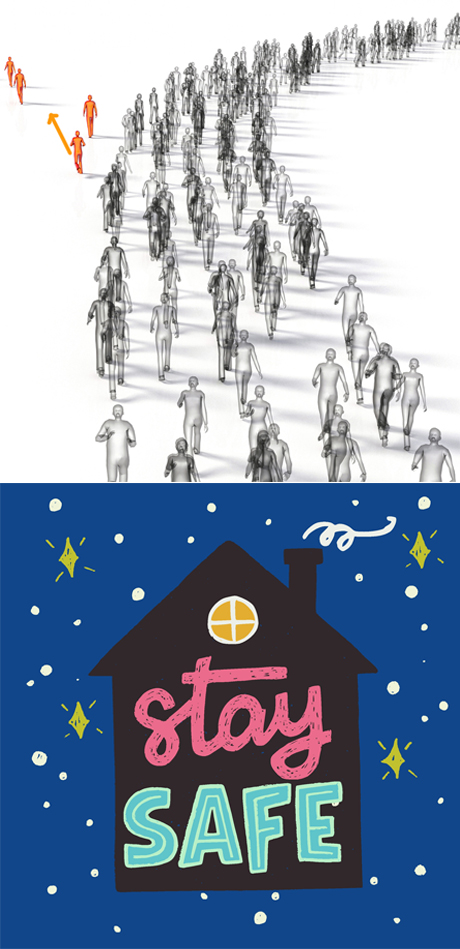TEACCH Tip#18a – Understanding Protests: Lawful and Unlawful (for individuals with ASD)
Note: Downloadable visuals at bottom of page
Currently, there are many protests happening in our country. Protests can invoke many different emotions both from the protester as well as the outside observer. These protests are being broadcasts on many types of media. Protests can be done with a few or many people coming together to send a message to government officials or other leaders that rules and actions should be made to better their community.
Everyone has the right to protest peacefully. Understanding the difference between lawful and unlawful protesting is important to stay safe and avoid getting in trouble with the police.
|
 |
In these current times, physically going to a protest is complicated by the COVID-19. The decision to participate in protests should be discussed with respect to the possibility of exposure of COVID-19 and protecting your family and household members. If I live with others, I should talk to the people in my household about their concerns and safety precautions I should to avoid bringing COVID into our living quarters. I will need to develop a plan for safe participation. Because the current unrest and protest is so prominent in our media, it is easy to become over-focused on watching these events play out on the media and become a focus of conversation for many. Think about when and where it is acceptable to discuss these current events. It might be helpful to create a chart to highlight the “safe” locations and people. Sometimes a “non-safe” person might even be a relative or close friend with strongly differing viewpoints that could cause stress and anxiety. |
| Create a Plan
If plan to go to a protest, I should plan for ways to stay safe and out of trouble with the police. It is also important to remember that others may engage in unlawful behavior at an otherwise peaceful protest. A few ways to stay safe and out of trouble include:
|
 |
|
Helpful Hints
- Remember current regulations due to COVID: wearing a mask and social distancing
- Remember that I will likely encounters others with different experiences and perspectives. I may encounter some individuals who think differently than I do and don’t support the protest.
- Investigate ways to protest without going to mass gatherings or marches.
- Set limits to media consumption (watching TV and reading articles or posts) and check my sources for credibility to make sure they are telling the whole truth.
- Regardless of a curfew, plan to be home by dark.
Downloadable stories with visuals: